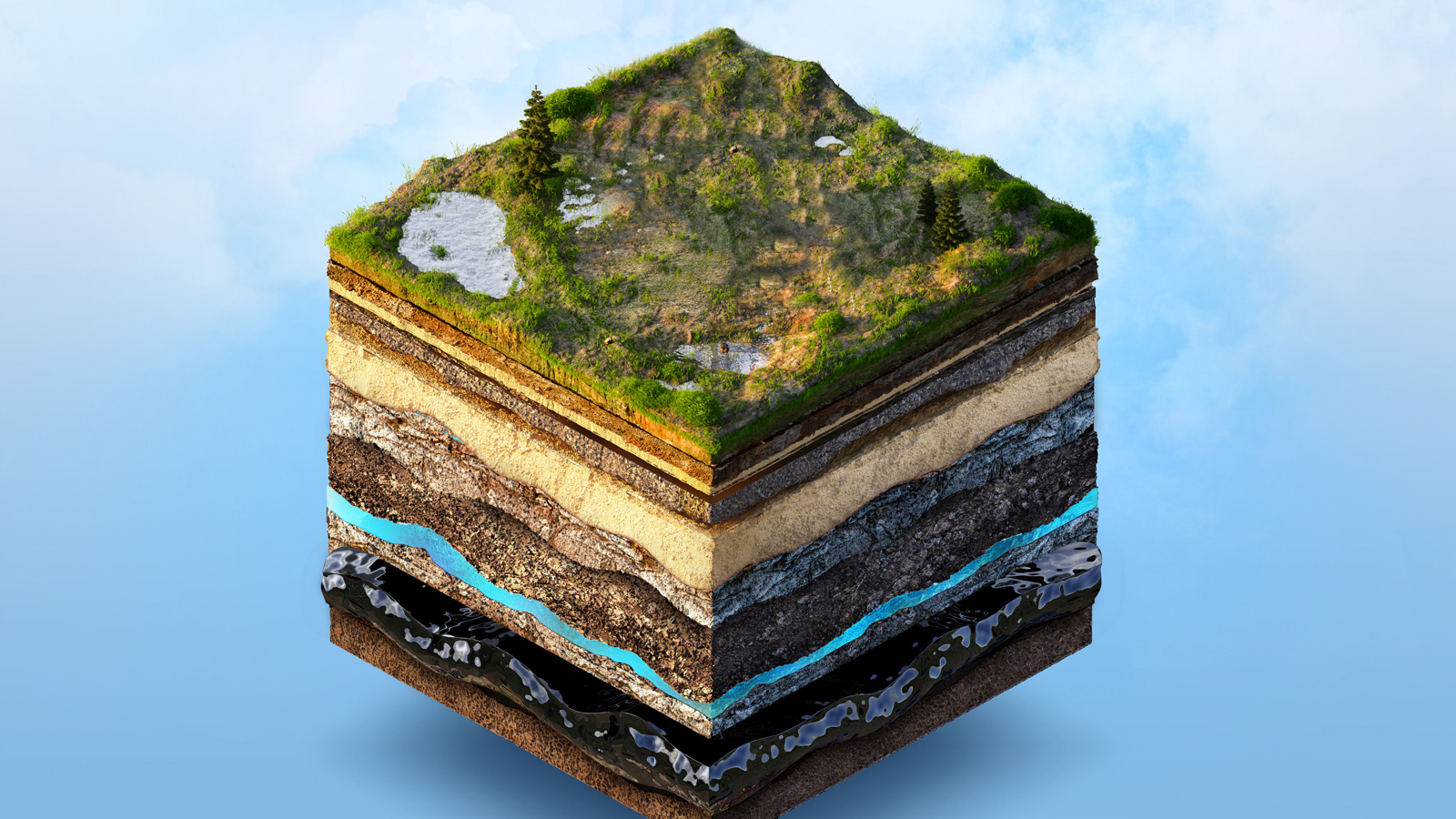Earth Overshoot Day is an important annual measuring point. On this date, we have used up exactly as much of the Earth as the planet can renew in one year. Our earth has traditionally contained a supply of natural resources: our natural capital. Think of minerals and fossil raw materials such as coal, gas and oil. But also water, plants, soil and animals are included.
What is renewable?
Our natural capital can be divided into renewable raw materials and non-renewable raw materials. We can balance the use of organic raw materials such as wood and water because these raw materials are easily renewable. A condition is, however, that we do not overload the ecosystems of these raw materials through, for example, overfishing, excessive logging or overconsumption.

Non-renewable raw materials
Back in school we learned that fossil fuels such as petroleum originated from plant and animal remains from a very distant past. The same applies to raw materials such as metals: they are not easy and fast to create. In addition, they are also available on a limited basis. All the more reason to preserve these raw materials for now and for the future through good management.
Circular economy and the butterfly model of Ellen MacArthur
In a circular economy, we retain raw materials introduced into the chain. Ellen MacArthur's butterfly model visualizes the circular model. The model consists of two wings. Both wings visualize a cycle.
Biological
The first wing visualizes the biological cycle of renewable materials. This shows how we can find a balance between consumption and extraction by not poisoning or overloading deployed ecosystems.
Technical
The second wing of the butterfly model shows the technical cycle, in which the non-renewable raw materials are represented. This model shows the importance of preserving these materials by recovering them from residual flows after use. While retaining their original value.

The butterfly model visualized in the Milgro office
In the page about our special office, we eleborated about the two stairwells. And how they visualize the two material cycles. One stairwell is the biological cycle, through self-supporting plants. And the other stairwell is the technical cycle, where we manage non-renewable raw materials by means of our own city mine. This way we get inspired every day by MacArthur's butterfly model, and the opportunities the circular model offers.
Recovery from residual flows
In addition to sensible and sustainable use of biological ecosystems, the management of residual flows is an important step in the circular model. Because, as we stated earlier, it is important to close the chain on this. And to use resources, not to consume them.

Milgro's mission is to integrate natural capital management into organizations' business operations in order to accelerate the transition to a circular economy. We realize this mission by applying our proven technology, methodology and approach. The result is profitable sustainability: earth & earn together. And with that we move Earth Overshoot Day to a later date*.
(*in 2021 Earth Overshoot Day falls on July 29).
Bee connected
We regularly publish articles and blogs about natural capital, the circular economy and sustainable waste and resource management. To stay informed? Follow us on LinkedIn.











